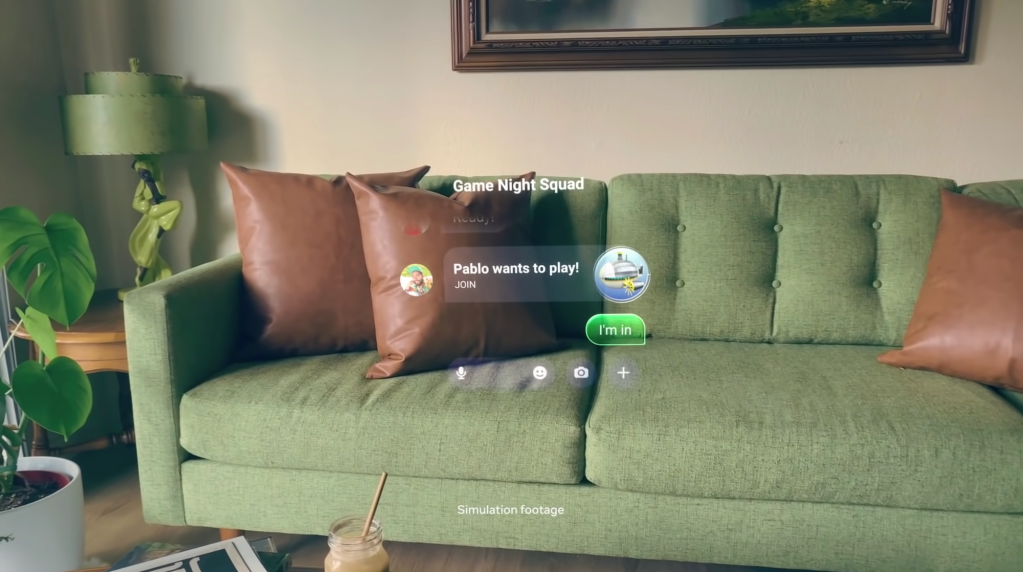
As Google reportedly plans to release an AR headset in 2024, a new report reveals that Meta wants to release its first-generation augmented reality glasses that same year. One particularly surprising detail was how Meta’s AR glasses originally planned to use Fuchsia.
The Verge today detailed what Mark Zuckerberg is planning, starting in 2024 with Project Nazare. Augmented reality glasses are widely considered to be the next form factor, and the Facebook founder wants to not be reliant on Apple and Google moving forward. As such, the first-generation device will have a “wireless, phone-shaped device that offloads parts of the computing required for the glasses to operate” so as to not be reliant on iOS or Android devices.
That being said, Meta is building its AR glasses OS on top of Android after abandoning plans for a custom microkernel operating system that was based on Fuchsia. Today’s report does not elaborate, but Meta would have presumably been trying to use the Zircon kernel. In fact, the Oculus employee that led that development is now leading Google’s Augmented Reality OS. As my colleague Kyle Bradshaw previously explained:
Put simply, Zircon is to Fuchsia as Linux is to Android. Just as there are multiple operating systems built on the Linux kernel — Ubuntu, Android, Red Hat, and even Chrome OS — there could eventually be more than just Fuchsia that is built on Zircon.
In terms of functionality, The Verge reports that:
A marquee feature will be the ability to communicate and interact with holograms of other people through the glasses, which Zuckerberg believes will, over time, provide people with a more immersive, compelling experience than the video calling that exists today.



Zuckerberg wanted to achieve that with a 70-degree field of view (FOV), but that “goal likely won’t be met,” while the design is trying to be “socially acceptable” with today’s report saying it “resembles Superman’s black frames when he’s disguised as Clark Kent.” It’s said to weigh 100 grams (or 4x heavier than regular glasses) and use “costly custom waveguides and microLED projectors” for the display:
The first version will have eye tracking and a front-facing camera, along with stereo audio in the frame. Employees are working with semiconductor fabs in Asia to build custom chips for the planned roadmap through the latter half of this decade.
Lastly, Meta hopes to include a wristband with Nazare from its CTRL-Labs (brain-computer interface technology) acquisition in 2019:
The wristband uses differential electromyography, or EMG, to measure electrical pulses in the arm’s neurons, essentially creating the effect of a phantom limb the wearer can use to interact with the glasses.
These smart glasses will be followed two years later with something that has a “lighter, more advanced design,” while the third generation is set for 2028. That said, Meta “employees are racing to deliver the first generation.”
Meanwhile, Meta is also planning “cheaper smart glasses codenamed Hypernova” for 2024 that feature a heads-up display for incoming notifications and will be tethered to your phone. It’s similar to the Focal smart glasses from North, which Google acquired.
FTC: We use income earning auto affiliate links. More.


Comments